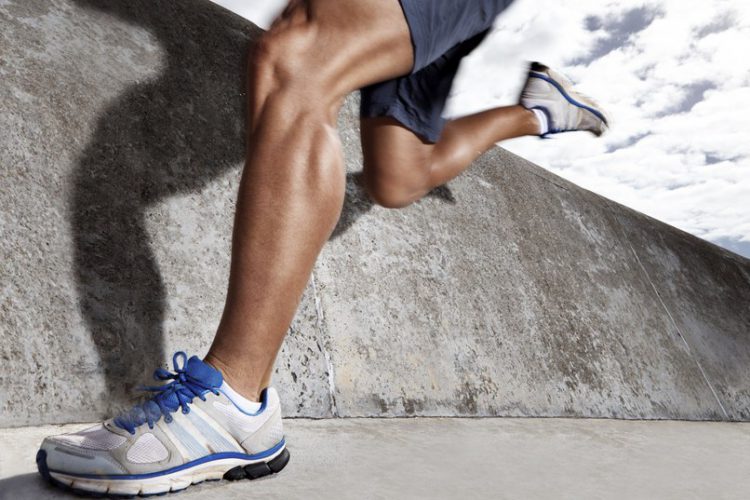
What is a muscle strain (muscle tear)?

Host: Today we are talking with Louis-Simon Allaire from the Physio Atlas physical therapy clinic, about muscle strains or muscle tears.
Louis-Simon: A muscle strain is a tear caused by a powerful contraction of a muscle. In fact, it is the muscle fiber that tears. It happens after a rapid contraction, as you may have seen when a sprinter grabs the back of his leg: it is because he has experienced a strain in the hamstring. Usually this happens during an intense effort over a short distance, like 100, 200 or as much as 800 meters. During intense effort, the muscle tears and the runner can no longer finish his race. We call this a muscle strain or a muscle tear.
We will probably see this injury during the Canada Games in Sherbrooke because of the extreme efforts put forth by the athletes.
Host: Is this a common injury?
Louis-Simon: Yes, this is an affliction that we see quite frequently and, fortunately, one that heals pretty well. The muscle fiber that is torn is well vascularized, so it heals relatively well. Still, there are precautions to take with this kind of injury. The main symptoms are redness, swelling, bleeding or, in more severe cases, muscle atrophy. The most common sign will be noticeable weakness and pronounced muscle spasm.
Host: On a scale of 1 to 10, how painful is this injury?
Louis-Simon: Obviously, the pain is not the same for each person, but it is an injury that can be really painful. Having never had this kind of injury myself, it’s hard to answer that question.
Host: What causes this kind of injury? Can it be prevented with a good warm-up?
Louis-Simon: Of course, it is important to warm up before any exercise. That is the first thing we will ask you when you come to the clinic after suffering a muscle strain. Did you warm up properly? Do you have a warm-up routine with dynamic stretching that is tailored to your sport? But will that always prevent muscle strains? Unfortunately not. It’s a tear that comes from a quick, sudden contraction, so it is difficult to avoid, but if you are thoroughly warmed up, you are doing everything you can to stay healthy.
Host: What is the rehabilitation process?
Louis-Simon: During the acute phase, when it has just happened, focus on first aid. Avoid walking on the injured leg and protect the muscle. You can apply a compression bandage to help limit inflammation, ice the injury and elevate the injured limb. These are all helpful steps. After that, during physical therapy at our clinic, we will help speed up the recovery using anti-inflammatory techniques like ultrasound or electrotherapy to promote healing. After that, there will be exercises and active movements because we need to retrain the muscle. As I said earlier, a muscle heals rather well. With the right exercises, we can stimulate healing without exacerbating the injury. Strengthening and balance exercises will be added gradually to restore all the stability we need. Depending on the severity of the strain, the healing process can take 2 to 4 weeks.
Host: Does the rehab time depend on the person’s age? Do you heal faster if you are younger?
Louis-Simon: Definitely when we’re younger because we are usually in better shape. It depends a lot more on fitness, cardio-respiratory conditioning and muscle health than on age. A very active person will recover a lot faster, regardless of age.


